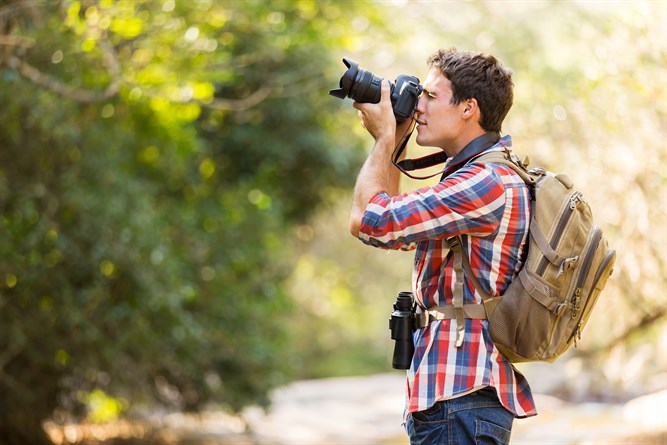Own a DSLR and not know how to use it? You’ve come to the right place. Today you will learn the basic necessities of shooting photography.
1. Know what type of camera you have:
DSLR (digital single lens reflex) cameras are bulkier, heavier, and a lot more expensive, but are very powerful machinery. Different from a point and shoot, DSLR’s allow you to interchange different lenses and control the focal length and depth of field. They are mirror cameras, meaning they reflect your image through a view finder and allow you to see exactly what you are photographing.
2. Get to know the exposure:
Getting the right exposure in an image requires you to change three different settings: The aperture, shutter speed, and ISO. The aperture is how wide your lens opens up to take the picture and how much light it lets in. The shutter speed is the amount of time your lens opens up, which effects the sharpness of your subject and also determines how much light is let in. ISO (International Standards Organization), is a tool that changes the sensitivity to light and how much noise the image has.
Some people use what is called the exposure triangle to understand how these three tools affect one another.

However, you might find this chart easier to get a sense of how it works.

Shooting Modes:
Your DSLR has multiple different shooting modes. Once you get an understanding of how the aperture, shutter speed, and ISO work, you can choose which mode works best for you.
- Auto: This one is pretty self-explanatory, your camera will control everything for you.
- Av: Aperture priority is a mode where you control the f/stop and your camera determines the rest
- Tv: Shutter priority is when you choose the shutter speed and your camera automatically changes the others.
- P: Program mode lets you choose your ISO and your camera will adjust the aperture and shutter speed.
- M: Manual mode is the most complicated of all of them. It puts you in control of all of the settings.
White Balance:
White balance is a very important tool because it makes your photographs have the correct color cast. The different modes include: Auto, Daylight, Cloudy, Shade, Tungsten, Fluorescent, and Flash.
Focus:
On most DSLRS, there are two different types of focusing: auto and manual. Auto focus usually focuses what is in the center of the composition and manual focus allows you to focus on anything. It depends on your personal preference.
Rule of Thirds:
This is one of the basic rules to shooting more interesting photos. If you center your subject on one of the crosses on the grid, it will look more compositionally pleasing.
Shooting Raw:
Shooting raw means that your camera won’t compress your file into a JPEG, which will help contain image quality and give you the highest resolution. This will take up a lot more space on your memory.
Now that you know the basics of shooting with your DSLR, go have fun with it! Take some photos and show others how you see the world.




